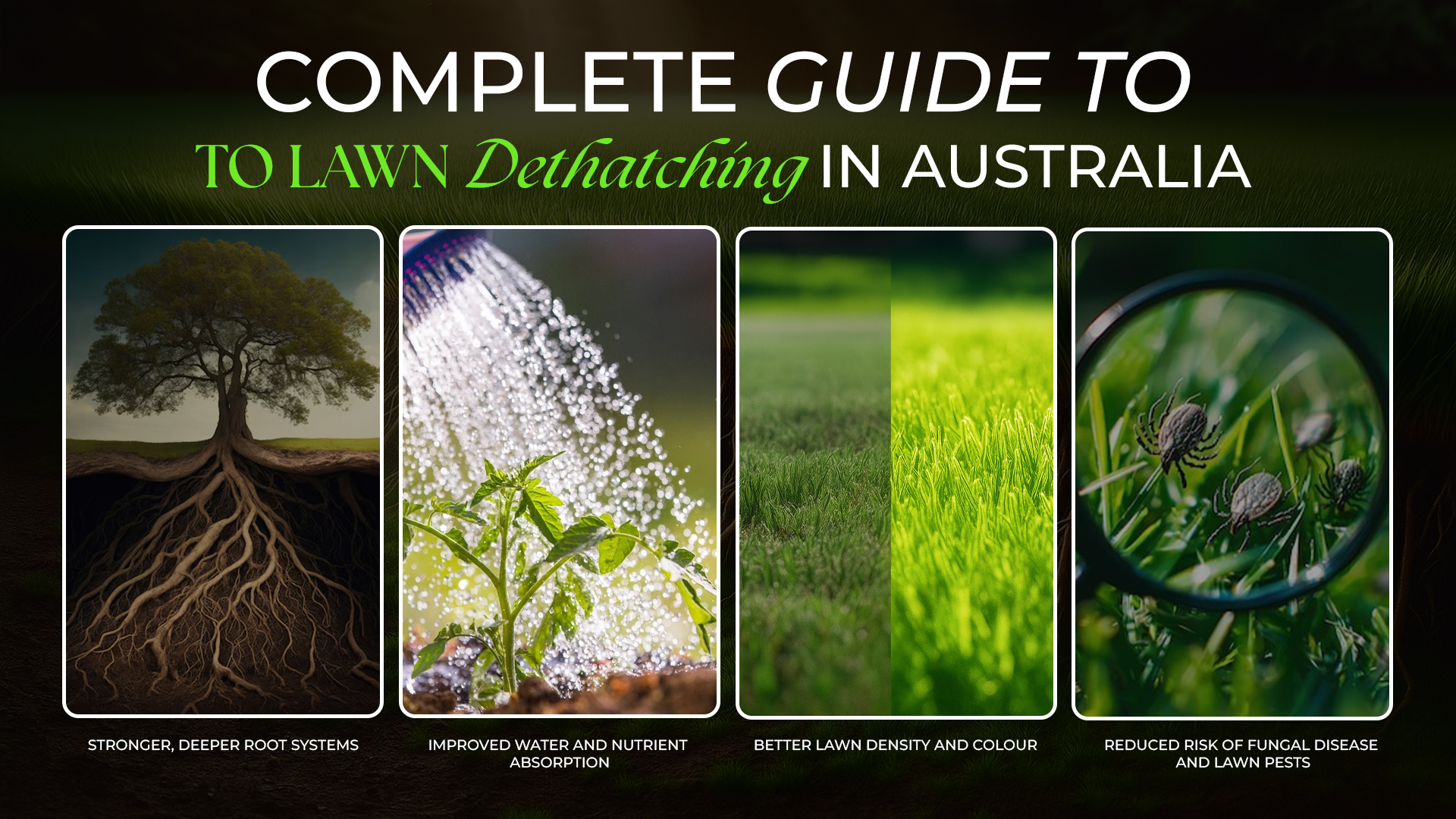Australia's varied climates — from hot summers to cool winters — can stress grass and accelerate thatch build-up, especially in warm-season grasses like Kikuyu, Couch, and Buffalo.
Regular dethatching:
-
Stimulates new grass growth
-
Improves soil-to-root contact
-
Enhances water absorption and fertiliser effectiveness
-
Prevents lawn diseases caused by trapped moisture
It’s an essential part of seasonal lawn care, especially if you live in Victoria or other southern regions with fluctuating temperatures.
When Should You Dethatch Your Lawn?
The best time to dethatch is during your lawn’s growing season:
-
Early spring for warm-season grasses (e.g., Couch, Kikuyu)
-
Late spring or early autumn for cool-season grasses
Avoid dethatching during winter dormancy or peak summer heat, as this can shock your grass.
If you're unsure, a local lawn dethatching service near you assess your turf and advise the right time for treatment.

